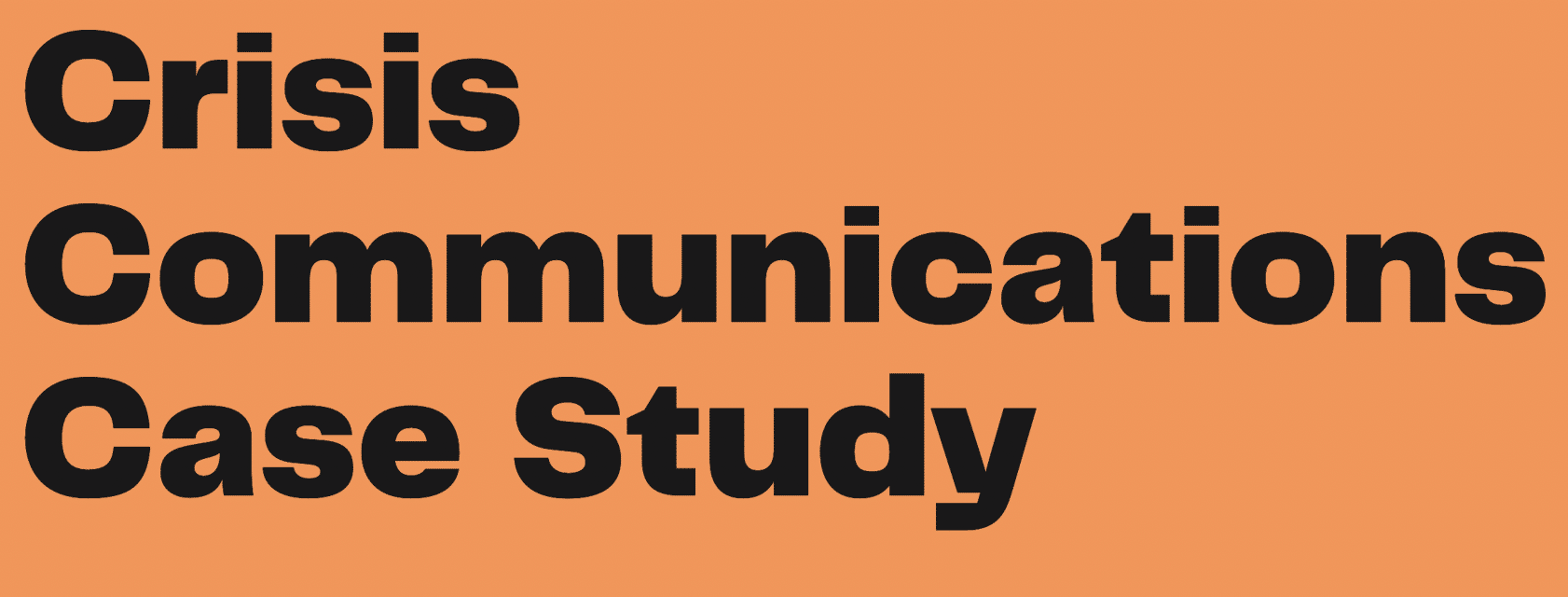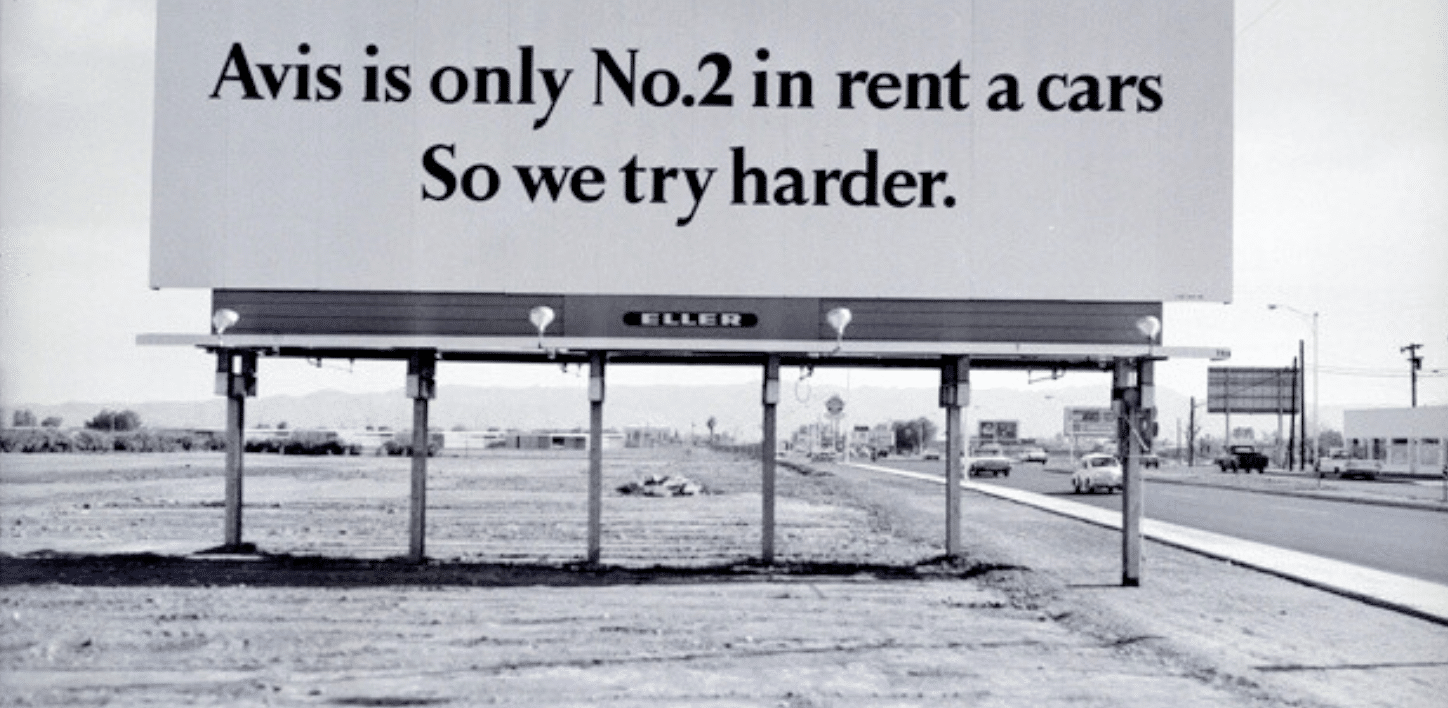
Over the last couple of years, we’ve seen a lot more focus placed on inclusivity, and the importance of creating content that’s accessible to everyone. It’s fair to say that there are countless reasons why inclusive copy is so important, both on an individual and business level. But, in short, creating products that are usable and enjoyable for everyone, regardless of their abilities, background or perspective, is the foundation of a great user experience. While it may seem like a huge task to tackle, there are few ways that you can start to make your content more inclusive today.
Use simple language
As one of the holy grail pieces of UX advice, you may have come across this recommendation before. However, it’s an especially vital point to cover when we’re talking about creating accessible content and resources.
Oftentimes, when you’re working in a regulated industry, you become accustomed to complex terminology and forget that your users may not be familiar with that type of language. To give some perspective on why simple language is important, it’s worth remembering that the average reading age in the UK is nine years old. According to the UK National Literacy Trust, one in six adults in the UK also have “very low literacy skills”. Ensuring that your copy is easily understandable is one way of helping all your users to complete their tasks successfully.
Be descriptive
Descriptiveness goes hand-in-hand with using simple language but, where possible, include supportive descriptions in your copy. For example, in the UX world, we like to give users multiple options and tag each one with a hyperlink to ‘Learn more’ or ‘Find out more’. However, offering several options, with the same CTA, makes it difficult for visually impaired users to identify which to choose.
When you’re writing your copy, try to be more descriptive. For example, try changing your generic ‘Learn more’ CTA to ‘Learn more about Essential Content‘ or ‘Learn more about UX’.

Inclusive copy improves your users’ overall experience
Consistency is key
This may not seem relevant to accessibility, but consistent language and navigation tools help your users to familiarise themselves with your product more quickly. They’ll also be able to complete their tasks more efficiently, making it more likely that they’ll use your product again. And who doesn’t love retaining customers?
Inclusive design is equally as important as inclusive copy
As UX copywriters, it’s easy to become tunnel-visioned into just looking at the words you’re putting on a screen. The key is to make sure you’re taking a holistic view of the journey you’re working on. The context around the copy you’re writing is equally as important as the words themselves.
Writing perfect copy that lives in a cluttered screen, or disjointed journey flow, will be of no use to your users. There needs to be synergy between the copy and design, to ensure that your users’ whole experience is enjoyable. You can achieve this by making note of potential design improvements while you’re writing your copy. You can then collaborate with the product or UX/UI designers in your team to bring them to life.
Intentional use of imagery
We’re part of the “emoji generation”. Everything we say (or type) seemingly needs to be accompanied by some sort of visual reinforcement to emphasise our point. While this philosophy works well in informal communications, this can sometimes carry over into our work. You may feel the need to accompany your copy with imagery that doesn’t necessarily serve a purpose.
Carefully consider whether you need the images you’re using. If you do, include alt text to explain what each image means and shows, to help users with screen readers.




